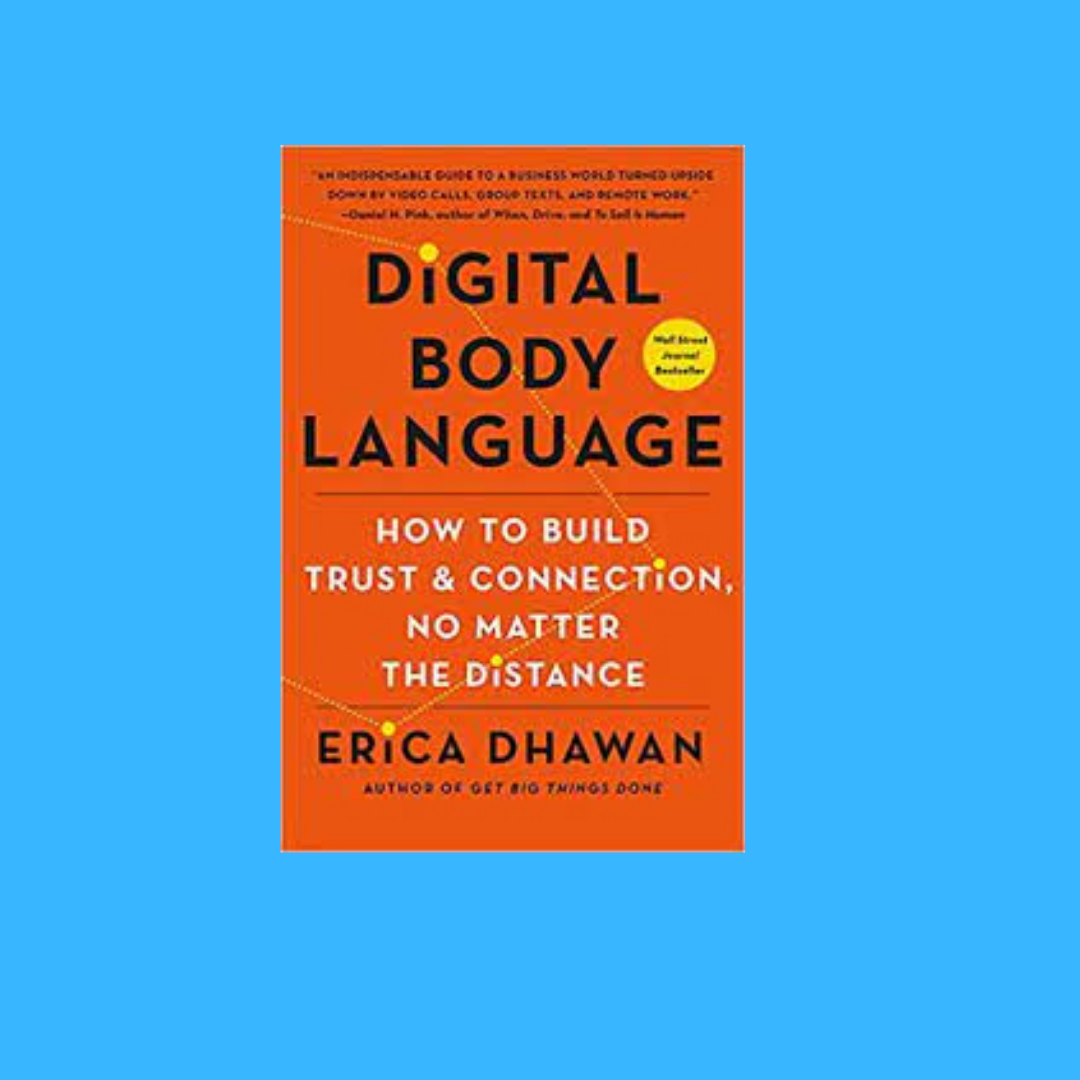
“Digital Body Language” by Erica Dhawan
Rating: 3/5
In theory, “Digital Body Language,” by Erica Dewan is about decoding the new signals and cues that have replaced traditional body language across genders, generations, and cultures. And Dewan does talk about communication snafus that happen as a result of the multitude of ways that digital communication tools are used and how our words are interpreted (or misinterpreted). In reality, I found this to be more of a book on leadership and collaboration with only a sprinkling of digital communication. This book started off strong but quickly lost steam for me. I found it repetitive and didn’t love that there were no chapter summaries. That said, there were a few nuggets that I got out of this book that got me to finish it. Specifically:
- Roughly 70% of all communication among teams is virtual (even before COVID) and the loss of nonverbal body cues is one of the reasons why employees feel disengaged from others
- Reading carefully is the new listening and writing clearly is the new empathy
- One way to handle ambiguous message is through the “Trust and Power Matrix” — used to guide which digital body language signals to pay attention to depending on the nature of the relationship and the level of trust
- Leaders need to be aware of the power imbalance and the potential impacts of their digital communication style
- One solution is to establish agreed-upon norms around apps, tools, timing, etc.
- When used intentionally, digital communication can promote inclusion. On the flip side, being thoughtless about how tools are used and how we digitally communicate can create exclusion and disengagement
In the end, what saved this book from being rated a 2.5 was the Appendix. In the Appendix, Dewan created, The Digital Body Language Guidebook. It is basically a style guide for how to more effectively use the various digital communication tools; it includes pro tips, audience consideration, suggested structure, and timing. It also includes the chapter summaries that I was looking for as well as reflection questions.